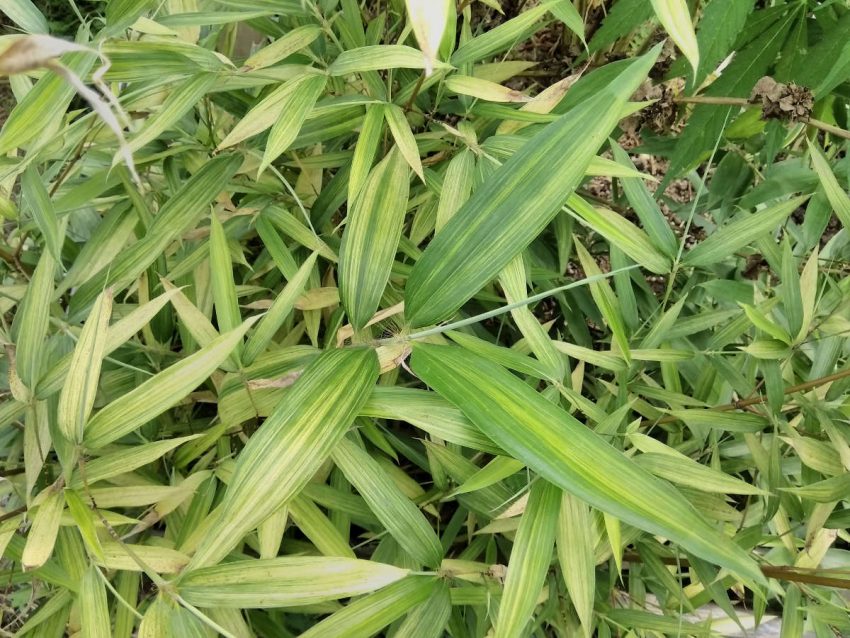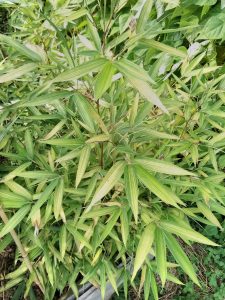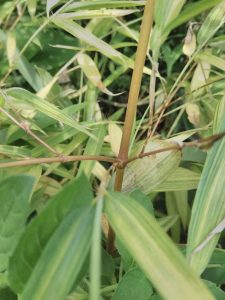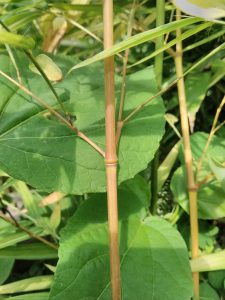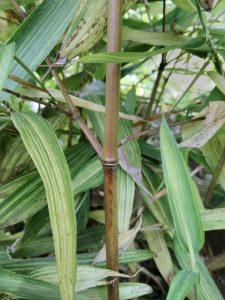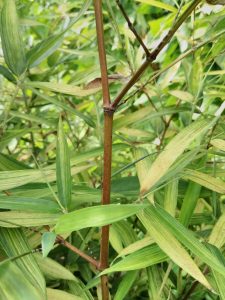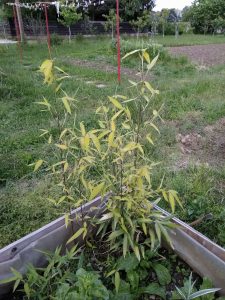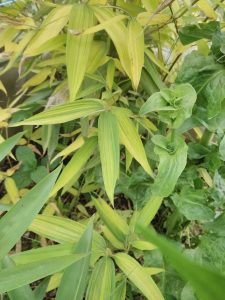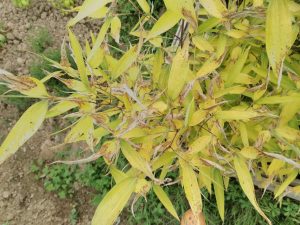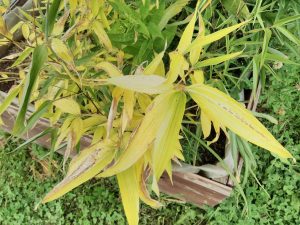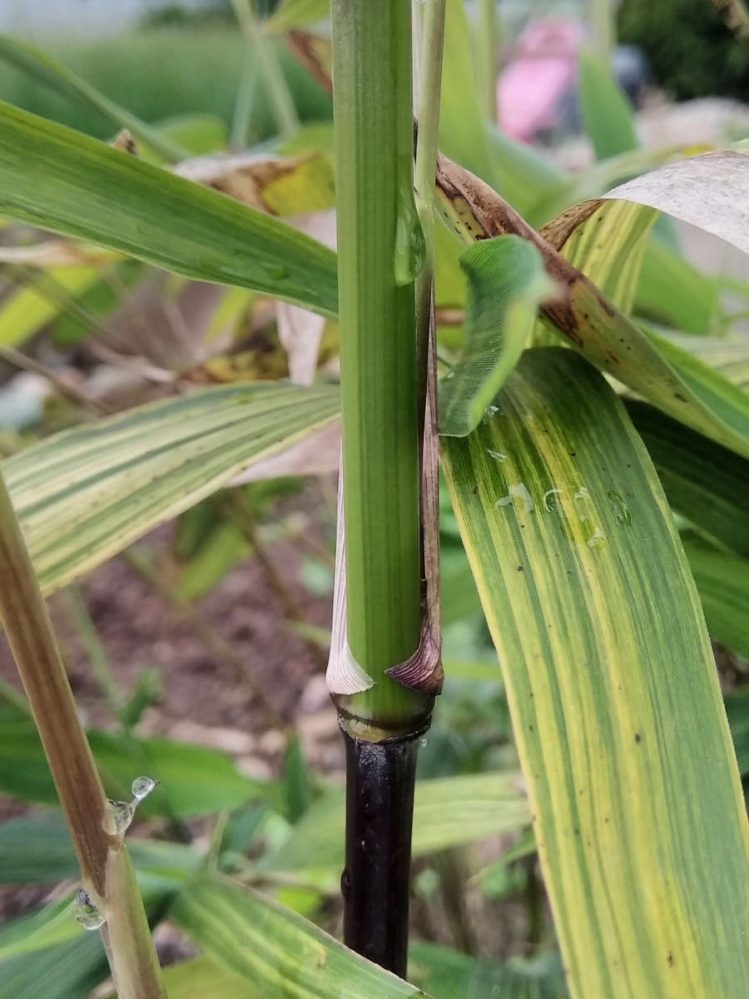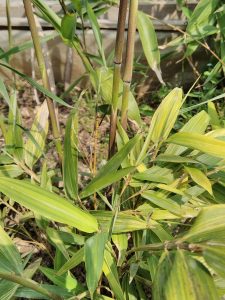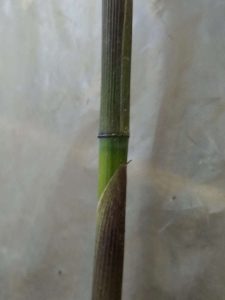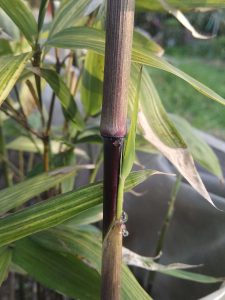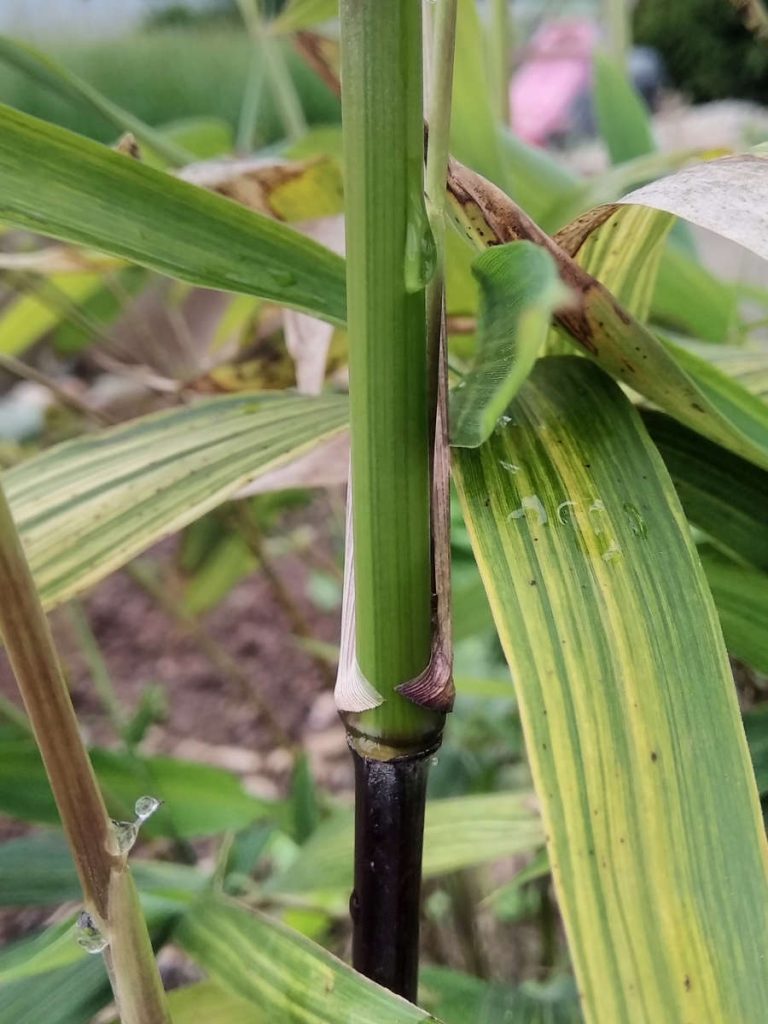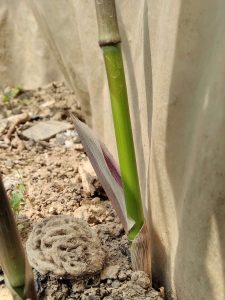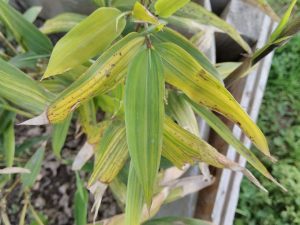How not to get scammed when buying seeds online
Buying seeds online
Why I even bother buying seeds online? The main reason is, there are not so many exotic seeds to be found in shops around here. Prices can be much, much lower online and there’s always a chance you find something rare you’d like to start growing. I have bought quite a lot of seeds and I usually got what I ordered. When I tried buying carnivore plant’s seeds online using both Aliexpress and eBay, I almost got scammed. I received seeds of some local weeds from China instead of Venus Flytrap (Dionaea) and Pitcher plants (Nepenthes). Luckily I was able to make a complaint and they resolved in my favor. If I would not know how the real seeds look like, I would be growing weeds for a while, before even noticing. Usually scammers have good rating and you can’t always see negative feedback that would raise an alarm.
Things to avoid
1. If plants look too good to be true, they are usually fake. Avoid at all costs!
2. Rare, hard to get seeds are almost never cheap – even online! Keep away from extremely cheap seeds, they are either fake or way too old to sprout.
3. Large amount of seeds is often an indicator that something isn’t right. Bulk amounts of cheap seeds usually means you’ll get weed seeds.
4. Seeds of sterile plants (hybrids) or plants that can’t be (easily) propagated using seeds (Orchids for example)
5. Sellers that has seeds from any of the above in their shop. Usually the most obvious seeds are not the only seeds that are fake. Try to ignore these sellers.
What you can do before the purchase
Research! Make sure you know how the seeds look like, so you can be sure you got the right seeds when you get them.
Ask seller about the seeds origin or ask if you suspect something is wrong. If the seller ignores your question – avoid.
Think two times before you click ‘Buy’. Checking more than one seller usually helps and you easily see sellers that stand out with strangely low price and obviously fake plants.
Read other buyer’s reviews. Sometimes it’s pain in the rear, because there are usually tons of good reviews of buyers that were ecstatic when they got the seeds.
If you do get scammed …
You’ve been ripped off, now what? If you are sure you received fake seeds, complain to the seller and start the complaint process in the online store. I have been cheated that way several times and usually got the money back, because the seeds were obviously fake.
Try to write an item review and warn other potential buyers about the issue.
